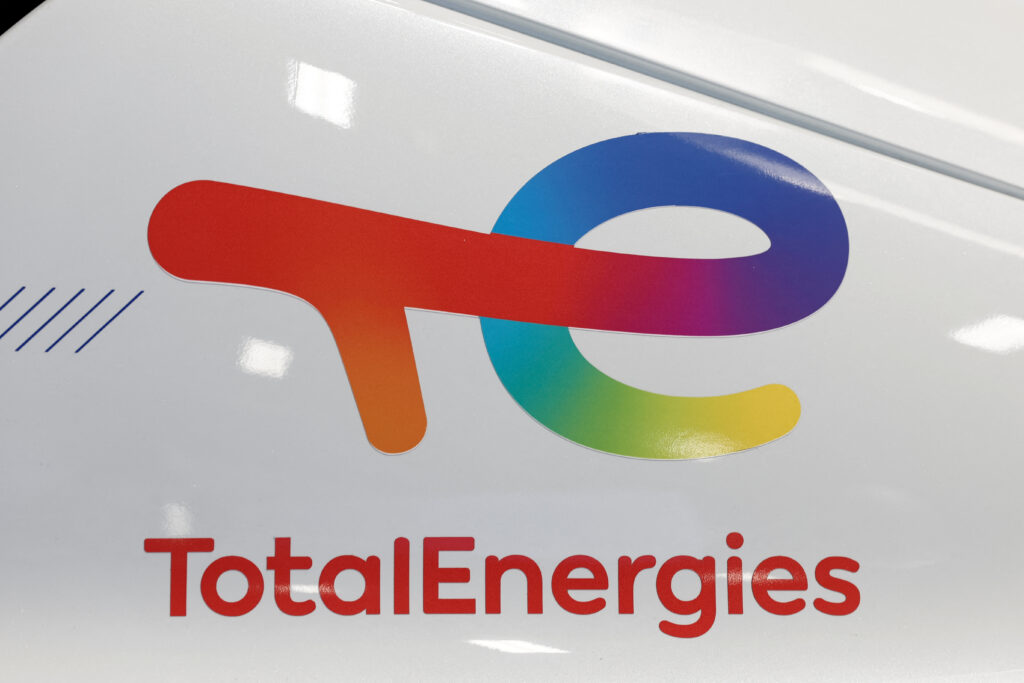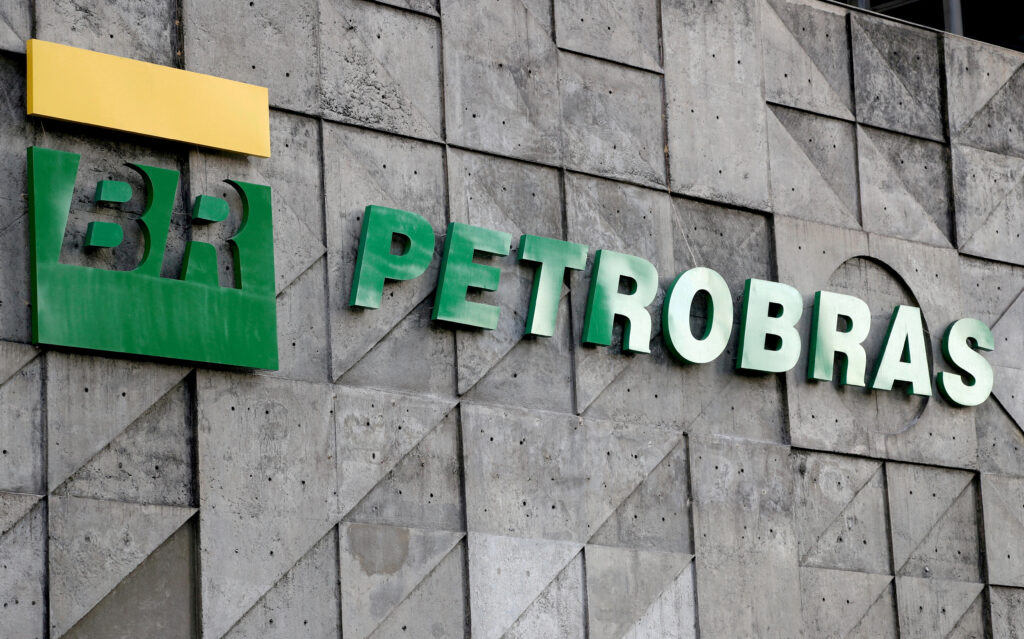MILAN – Eni (NYSE: E) and Snam have launched Italy’s first carbon capture, transport, and storage (CCS) project to help heavy polluting industries cut carbon dioxide (CO2) emissions, they said on Tuesday.
CCS technology removes from the atmosphere CO2 produced by industrial processes or captures it at the emission point and stores it underground.
Eni and Snam said they had started injecting CO2 into a depleted gas field in the Adriatic Sea close to the Italian city of Ravenna, in an initiative announced a year ago.
In its first phase, the project will capture, transport, and store CO2 from Eni’s natural gas treatment plant in Ravenna municipality, estimated at approximately 25,000 metric tons per year.
Once captured, the CO2 will be transported to an offshore platform through converted gas pipelines and then injected and stored at 3,000 meters depth in an old gas reservoir.
The project is powered by electricity from renewable sources, the energy group and the gas network operator said.
It is already delivering a reduction of over 90% in CO2 emissions from the Eni plant’s chimney, rising to peaks of 96%, they added.
The International Energy Agency says CCS can play a vital role in achieving global climate goals. However, critics say it risks prolonging the use of fossil fuels and question its commercial viability.
Eni (NYSE: E) said the project attracted customers’ attention.
“We are using our depleted fields, existing infrastructure, and technical expertise in re-injection techniques to offer a very competitive service, which is receiving tremendous interest,” CEO Claudio Descalzi said in a statement.
The Ravenna project is a candidate to become the Italian hub for energy-intensive industries decarbonization that are difficult to be electrified such as the ceramic, glass, and steel sectors. The hub will offer its services first to the industrial districts in central Italy but also aims to attract the interest of European companies.
Over the coming years, the industrial-scale development of the project will be able to store up to 4 million tons of CO2 per year by 2030.
(Source: ReutersReuters)
Latest News on Eni S.p.A. (E) Stock
Zabih Ullah is a seasoned finance writer with more than ten years of experience. He is highly skilled at analyzing market trends, decoding economic data, and providing insightful commentary on various financial topics. Driven by his curiosity, Zabih stays updated with the latest developments in the finance industry, ensuring that his readers receive timely and relevant news and analysis. Read Full Bio










